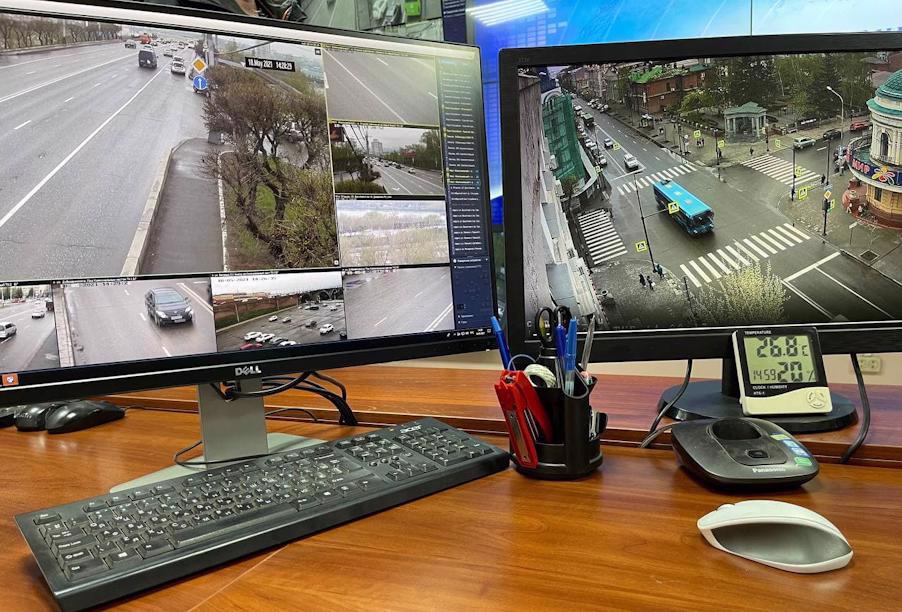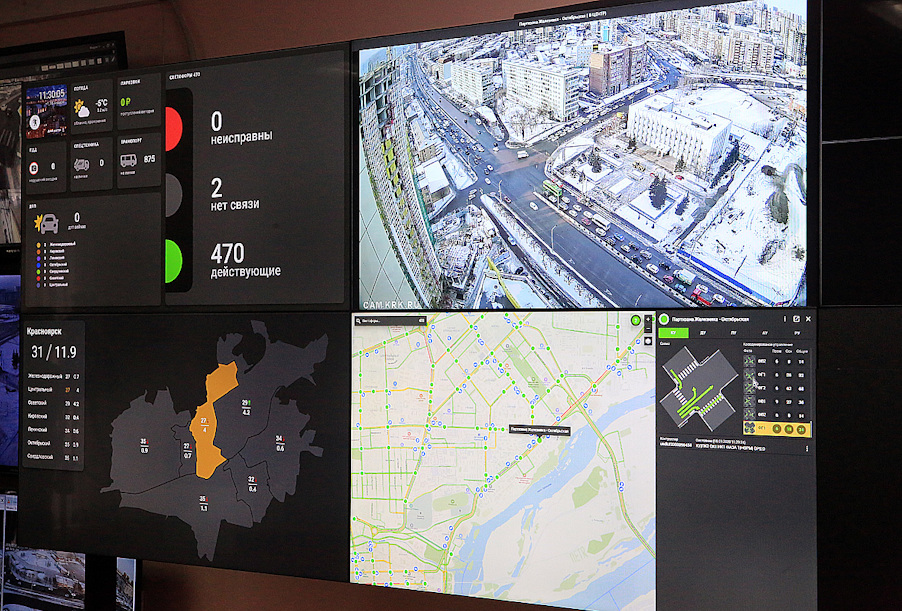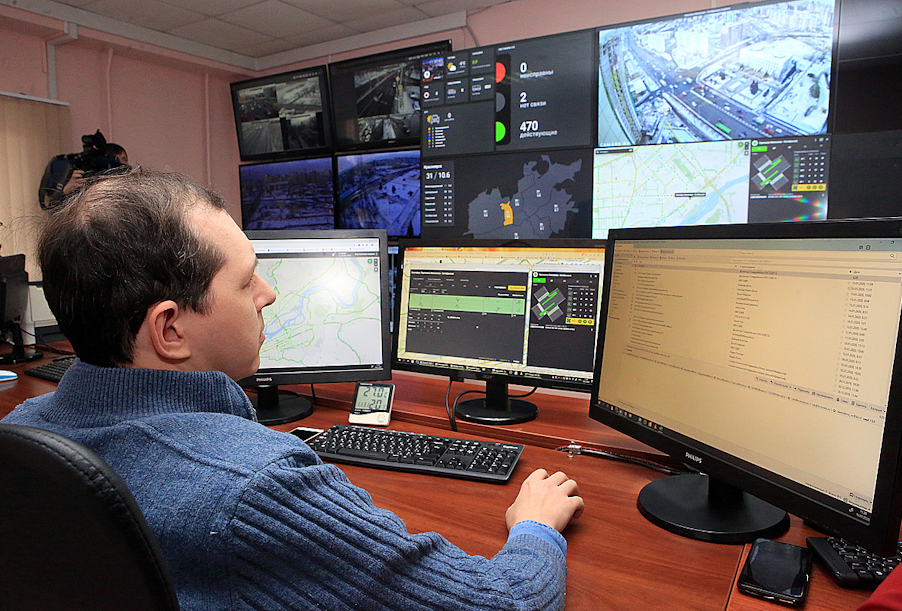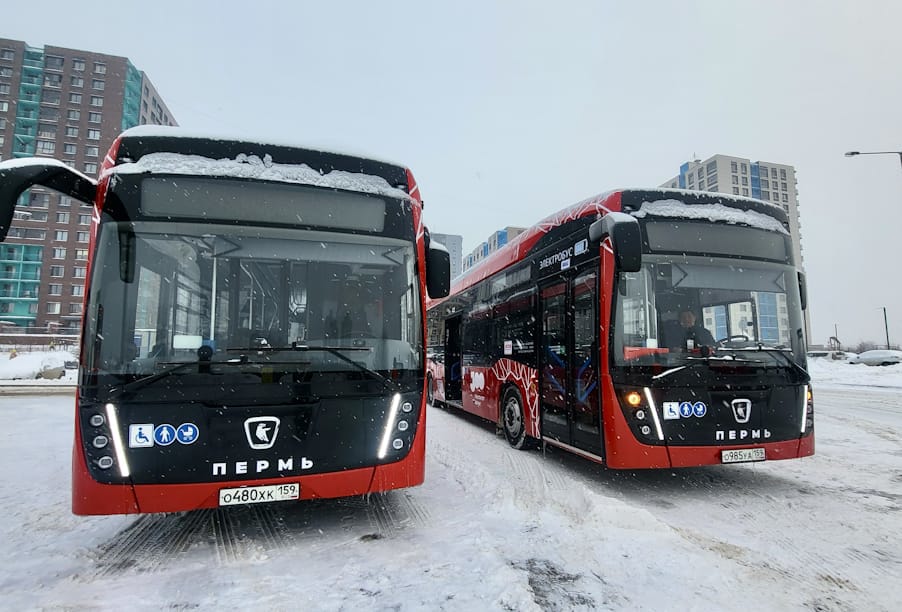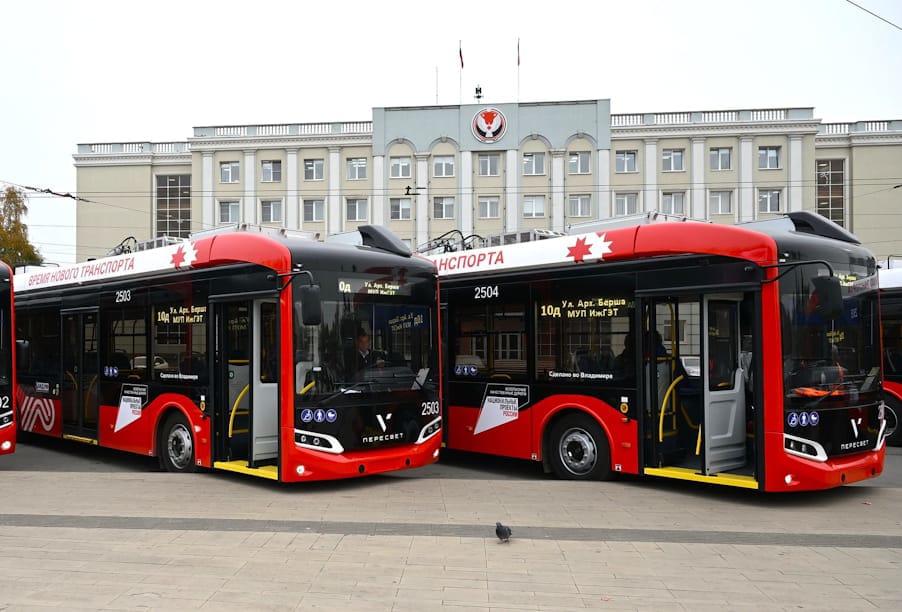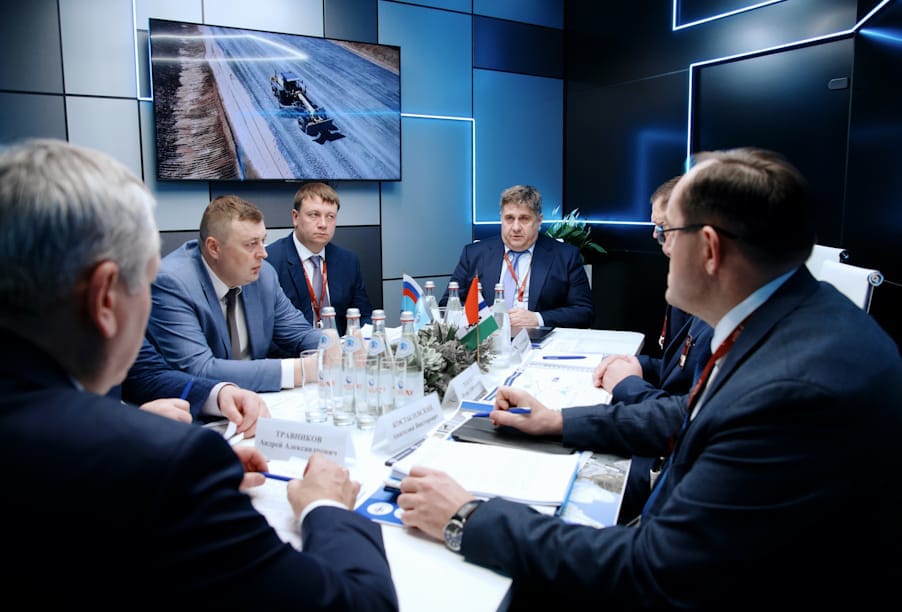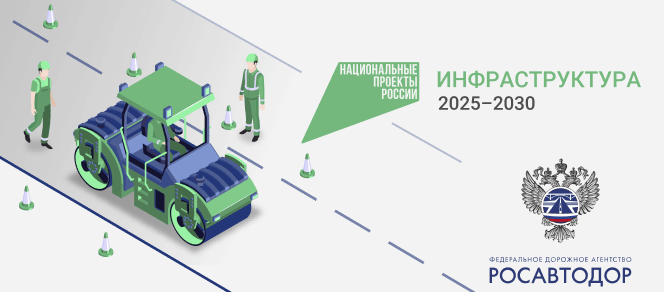Intelligent transport systems under the national project are being implemented in 42 regions of the country
The number of cities in Russia participating in the implementation of the Intelligent Transport Systems (ITS) programme is growing. The work is being carried out as part of the "Safe Quality Roads" national project. The key goal of ITS is to automate traffic management processes and, as a result, improve road safety.
"Last year, we introduced intelligent traffic systems in 24 regions, and in 2022, the number of regions participating in this programme will increase to 42. In essence, we are creating systems for ensuring and controlling road safety that are unique to each city. The ITS automatically adjusts to the city and its residents, drivers and pedestrians, orienting itself to the rhythm of the city depending on the weather conditions and time of day. Levelling out the human factor and the risk of mistakes, ITS is at the same time as human-oriented as possible, and its main task is to make life in the cities as comfortable and safe as possible", - said Marat Khusnullin, Deputy Prime Minister of the Russian Federation.
Work on the implementation of intelligent transport systems is underway in urban agglomerations with a population of over 300 thousand people. The programme has become a logical complement to the integrated development of road transport infrastructure - due to increasing traffic and transport flows, efficient solutions are needed to ensure the safety and comfort of all traffic participants in the urban environment.
"During the last year we did a lot of work: thanks to federal support 15 traffic control centres were created or upgraded in 24 Russian regions, with which 1350 traffic flow detectors, 630 CCTV cameras, 460 "smart" traffic lights, 115 traffic violations photo video registration complexes, 70 "smart" stops, 45 weather stations were integrated. In 2021, 3.75 billion rubles were allocated for implementation of these measures to 24 regions, the funds were allocated from the federal budget", - Head of the Federal Road Agency Roman Novikov stated.
In Arkhangelsk, the "smart system" is being implemented on key city highways. It is expected to create a "green wave", regulate traffic flows and relieve the most congested intersections.
So, in 2020, an ITS control centre was established on the basis of the "Arkhteletsentr". By 2021, road maps have been digitised, sensors, CCTV cameras and special equipment for a single control platform have been installed. Seven significant intersections have been completed with sensors. Two modern weather stations have been put into operation.
The system has already been tested at three intersections in the regional centre. According to the regional Ministry of Transport, their capacity has increased by more than 25%.
In Krasnoyarsk, 481 traffic sensors have been installed as part of the second phase of ITS implementation. The data are collected by specialists from the Krasnoyarsk Department of Roads, Infrastructure and Public Works. The information obtained helps to adjust traffic lights more accurately, as well as to place new pedestrian crossings in places convenient for citizens.
Also, in 2021, a weather monitoring system was launched in Krasnoyarsk: 15 automatic road weather stations were connected. They determine air temperature, direction, wind speed and gusts, atmospheric pressure, type and intensity of precipitation, optical visibility level and even the degree of freezing of the road surface.
Besides, this year a mobile monitoring complex "Iney-M" will appear on the roads of Krasnoyarsk. This equipment will enable the company to quickly monitor the condition of the roadway surface and maintain it properly in winter.
From 2022, ITS implementation in the Udmurtian Republic will start with the launch of an open regional navigation information system. Its task is to control the movement of public passenger transport. The necessary equipment has already been purchased.
Thanks to this system, residents will be able to track the transport they need throughout Udmurtia - this will include all intermunicipal and municipal routes, so the movement of public transport will be displayed online.
In Kirov, one of the first areas of ITS will be upgrading traffic lights that have reached the end of their service life: their controllers will be replaced. There are plans to upgrade more than 50 electronic traffic controllers. They will also be equipped with detectors for analysis of traffic flows in order to ensure the optimal mode of crossing the intersections.
Four information boards will be installed at the entrances to the regional capital, with data on weather conditions, speed limits, road situation, so that drivers can choose the best route to avoid traffic jams.
Environmental sensors in different districts of the city will allow controlling organisations to receive prompt information about the degree of air pollution. In addition, 378 surveillance cameras will be installed at intersections in Kirov.
It is also planned to create a traffic control centre in Kirov, and in the future, in the Kirov urban agglomeration, which will include the regional capital, Kirovo-Chepetsk and Slobodskoy.
A total of 7.35 billion rubles has been earmarked for the implementation of measures to introduce intelligent transport systems in Russian regions in 2022. Transfer agreements have been signed with all 42 regions.



.png?v=YRr4v9MjmZag6mtdT4aibqJTnL-AHWRxt-OjuLF7b88)
.png?v=dDiT9HbNjG4bHbfyO2VXeFYl7WkCkU6mzgQsbc9ZACE)



